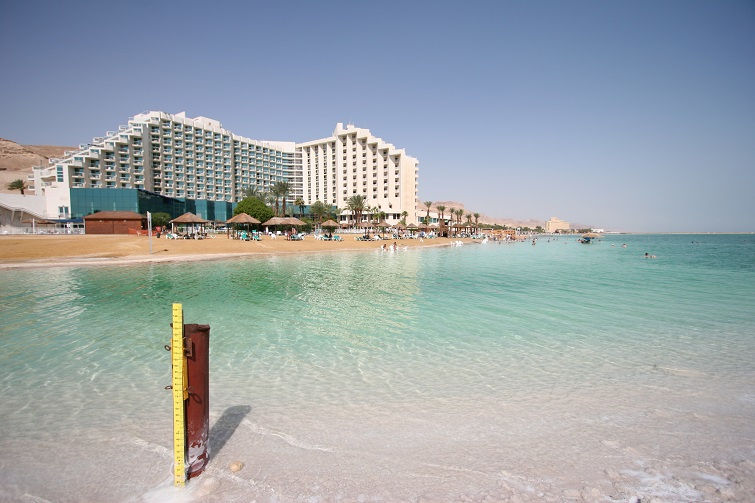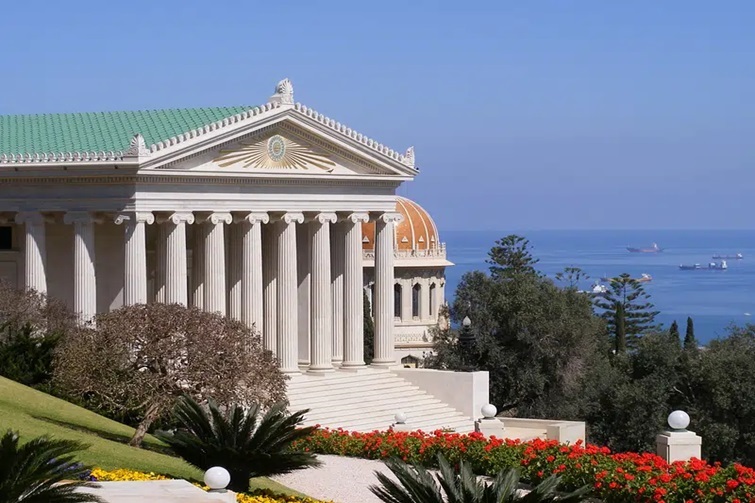Masada
The Desert Fortress of Heroes
Revised and Updated – April 2025
Table of Contents
Traveling to Masada
- Perched atop a rugged plateau overlooking the Dead Sea in Israel, Masada is an ancient fortress famed for its dramatic history and stunning desert views. Built by King Herod the Great between 37 and 31 BCE as a grand retreat, it later became the site of a defiant last stand by Jewish rebels against Roman forces in 73 CE.
- Today, this UNESCO World Heritage Site attracts travelers eager to explore the dramatic ruins of the ancient fortress, delve into its rich history, and take in the stunning desert views – an ideal spot for reflection. A popular choice for many is a day trip to Masada, often paired with a visit to Ein Gedi Nature Reserve and a relaxing dip in the Dead Sea, offering the perfect combination of history, nature, and relaxation.
- This guide covers everything you need to know for visiting Masada – from essential information to practical travel tips, ensuring you make the most of your trip to this iconic fortress in the desert.
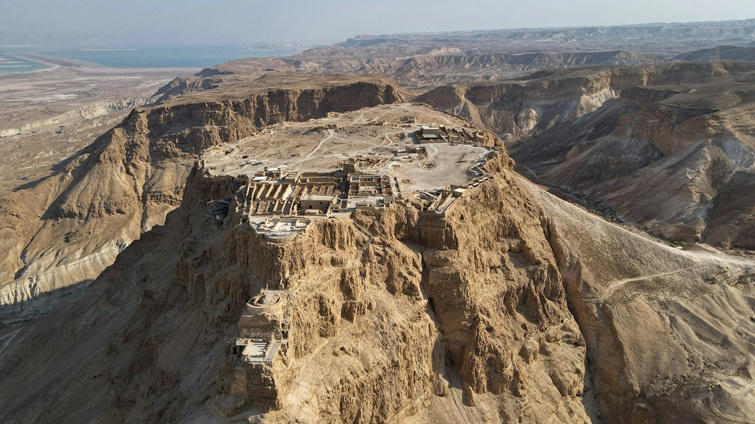
The Historical and Religious Significance of Masada
- Masada’s story is one of grandeur and heroic defiance. Herod the Great crafted it as a fortified palace with bathhouses, cisterns, and storerooms, showcasing Roman engineering amid the Judean Desert. After Herod’s death, it fell into obscurity until 66 CE, when Jewish Zealots seized it during the First Jewish-Roman War.
- Following Jerusalem’s fall in 70 CE, nearly 1,000 rebels and their families held out at Masada for three years. In 73 CE, Roman legions besieged the fortress with a massive ramp and siege engines. Rather than surrender, the defenders chose mass suicide, an act chronicled by historian Flavius Josephus that has since become a symbol of Jewish resistance.
- Today, Masada resonates as a testament to courage and a poignant reminder of ancient struggles, attracting historians, pilgrims, and adventurers alike.
What to Expect at Masada
Masada National Park offers a blend of history, archaeology, and stunning scenery. Here’s what you’ll encounter:
- The Fortress Ruins: Explore Herod’s Northern Palace, a three-tiered marvel clinging to the cliff’s edge, with frescoes and mosaics still visible. The Western Palace, bathhouses, and synagogue – one of the oldest in the world – reveal daily life atop the plateau. The rebels’ adaptations, like mikvehs (ritual baths), add depth to the site’s story.
- The Siege Ramp: The Roman ramp, still intact, rises from the desert floor, a stark testament to the siege’s scale. Climb it or view it from above to grasp the military feat that ended the standoff.
- Panoramic Views: At 450 meters (1,480 feet) above the Dead Sea, Masada’s summit offers sweeping vistas of the Judean Desert and the shimmering Dead Sea below. Sunrise hikes are especially breathtaking, with the desert glowing gold.
- Cable Car or Hike: Access the top via a modern cable car (5 minutes) or the Snake Path, a steep 45–60-minute hike. The cable car offers convenience, while the trail rewards with views and a taste of the rebels’ isolation.
- Visitor Amenities: The base features a museum with artifacts like pottery and arrowheads, plus restrooms, a cafe, and shaded areas. The site itself has minimal facilities, preserving its rugged authenticity.
Masada’s haunting ruins and commanding views create an unforgettable experience, blending history with the raw beauty of the desert.
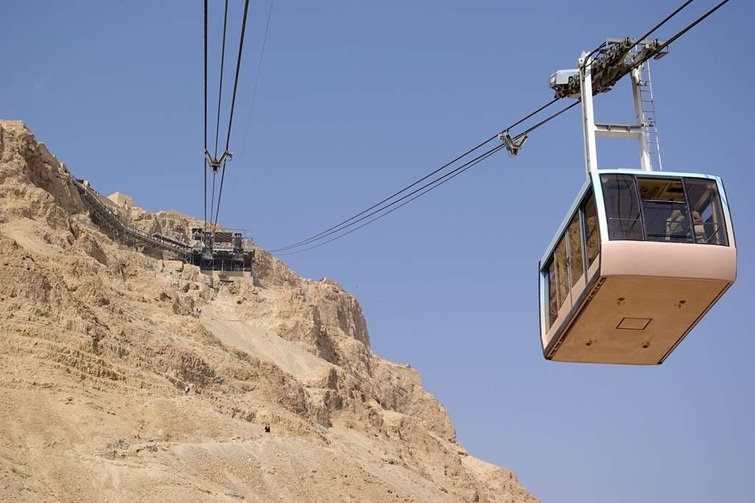
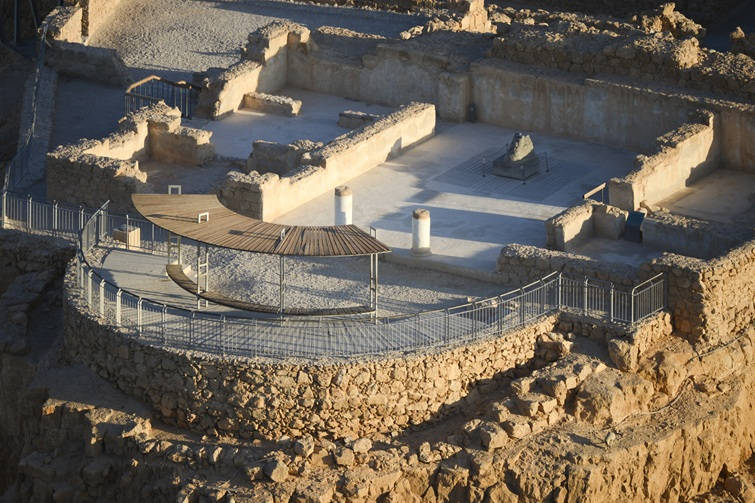
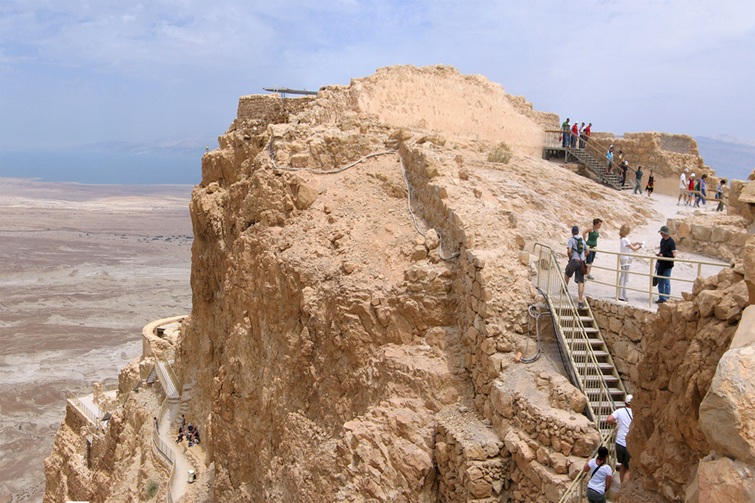
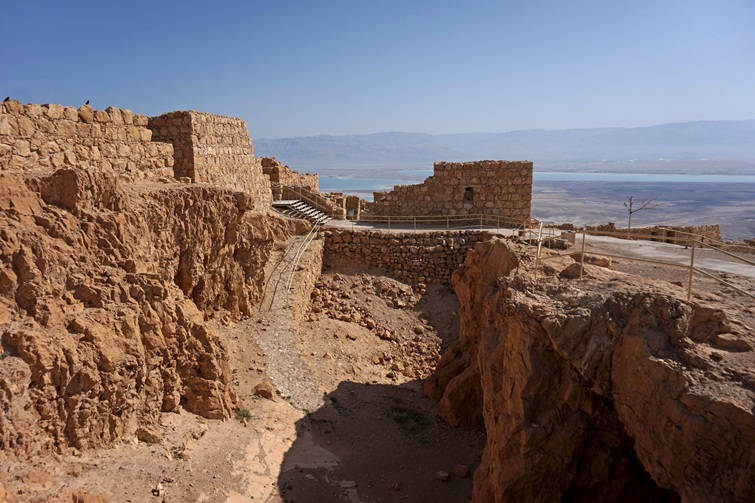
Planning Your Visit to Masada
Masada National Park, perched above the Dead Sea, is 100 kilometers (62 miles) southeast of Jerusalem and 165 kilometers (102 miles) southeast of Tel Aviv, with Ein Bokek 25 kilometers (16 miles) to the northeast. It’s a prime destination for a day trip, often paired with the Dead Sea and Ein Gedi Nature Reserve. Here’s how to prepare:
Getting There
- By Car: From Tel Aviv, it’s a 2-hour drive to Masada via Route 1 and Route 90. From Jerusalem, it’s 1.5-2 hours via Route 1. Pay parking is available at the base.
- By Tour: Tours from Tel Aviv or Jerusalem often combine Masada with a visit to the Dead Sea, Ein Gedi Nature Reserve, and other nearby attractions like Qumran National Park or the Qasr el-Yahud baptismal site, offering guided insights and transport for a seamless experience.
- Public Transport: From Jerusalem, take Egged bus 486 or 444 to Ein Bokek (1.5-2 hours, 17 ILS), then continue by taxi or shuttle (about 25 minutes) to Masada. From Tel Aviv, take bus 421 to Ein Bokek (2.5-3 hours, 17 ILS), then a taxi. Book tickets via Egged’s website, mobile app, or by phone (*2800). No direct buses go to Masada, and there are no trains to the Dead Sea area.
- Private Taxi: For a more flexible and comfortable option, consider booking a private taxi for your day trip to the region. This allows you to customize your itinerary, travel at your own pace, and enjoy door-to-door service. It’s especially convenient for travelers who want to make the most of their day, offering the freedom to visit multiple sites without relying on limited bus schedules or unwieldy tour groups.
💡Need to get from Ben Gurion Airport to the Dead Sea? Check out my guide on getting from Ben Gurion Airport to Ein Bokek for all your options.
Opening Hours and Admission
- Hours: Open 8:00 AM-5:00 PM (summer) or 4:00 PM (winter). Sunrise hikes via the Snake Path start earlier (check times).
- Cost: Entry is 37 ILS for adults, 21 ILS for children. Cable car extra: 54 ILS for adults, 32 ILS for children (round-trip), and 32 ILS for adults, 16 ILS for children (one-way).
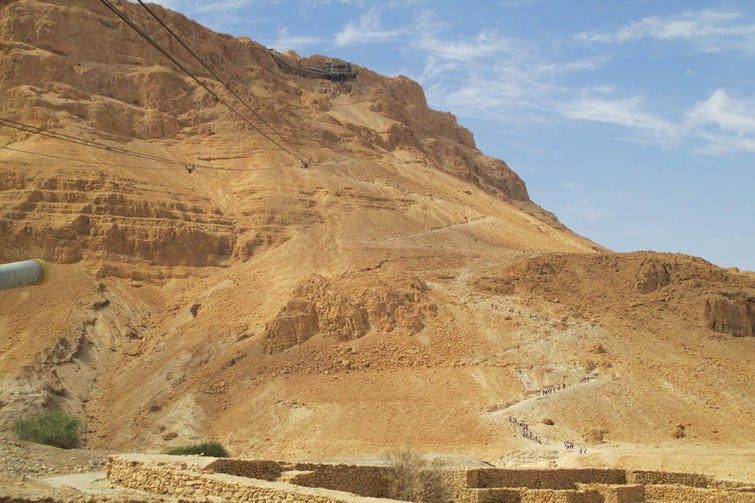
What to Bring
- Clothing: Wear comfortable shoes suitable for hiking or exploring ruins, and bring layers to adjust to temperature changes.
- Sun Protection: Don’t forget sunscreen, a hat, and sunglasses to shield yourself from the relentless desert sun.
- Water and Snacks: Stay hydrated and bring snacks for the hike or long visits; a cafe is available at the base for refreshments.
- Camera: Don’t forget your camera to capture the breathtaking ruins and stunning vistas.
Safety Considerations
- Heat: Avoid hiking during midday in summer (over 40°C/104°F); start early and keep hydrated.
- Terrain: The Snake Path is steep and uneven – wear sturdy shoes and proceed with caution.
- Heights: Stay behind railings at the summit as cliffs are sheer.
- Hydration: Carry plenty of water to stay hydrated in the dry climate.
Tips for Visitors
- Best Time: Spring (March-May) and autumn (September-November) offer milder weather. Summer can be extremely hot, while winter is cooler. Morning visits are ideal to avoid both the heat and the crowds.
- Sunrise Option: Experience a sunrise hike for cooler temperatures and breathtaking views – be sure to book in advance.
- Respect the Site: Refrain from climbing the ruins or removing artifacts; adhere to park rules.
- Consider a guided tour: A guided tour can provide valuable historical context, helping you understand Masada’s significance in Jewish history and the dramatic events that unfolded there.

Going on a Day Trip to Masada
Masada is the perfect start for a day trip that combines history, nature, and relaxation. Here’s a suggested itinerary from Tel Aviv, including Masada and the Dead Sea – with a few alternative stops along the way.
- Morning: Masada (2 hours from Tel Aviv)
- Explore the fortress via cable car or hike, marveling at ruins and views (2-2.5 hours).
- Drive to Ein Bokek: ~20 minutes.
- Midday/Afternoon: Dead Sea at Ein Bokek
- Float in the sea, apply therapeutic mud, and relax on the public beach (2-3 hours).
- Return to Tel Aviv: ~2.5 hours from Ein Bokek, or end in Jerusalem (~1.5 hours from Ein Bokek).
Alternatively, consider visiting Ein Gedi, a desert oasis with scenic hiking trails, refreshing waterfalls, and wildlife like ibex and rock hyrax, about 30 minutes from Ein Bokek. It’s a great stop to stretch your legs and enjoy a bit of nature between Masada and the Dead Sea.
This itinerary offers a practical and enriching full-day private trip from Tel Aviv. Including a tour of Jerusalem on the same day isn’t recommended due to time constraints, but you can easily start in Tel Aviv and end in Jerusalem. If you’re arriving on a cruise ship, various day trips can be arranged as shore excursions from Ashdod port.
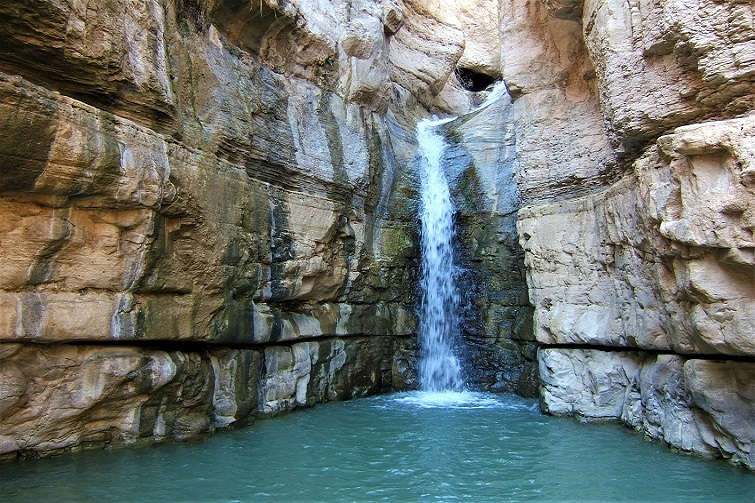
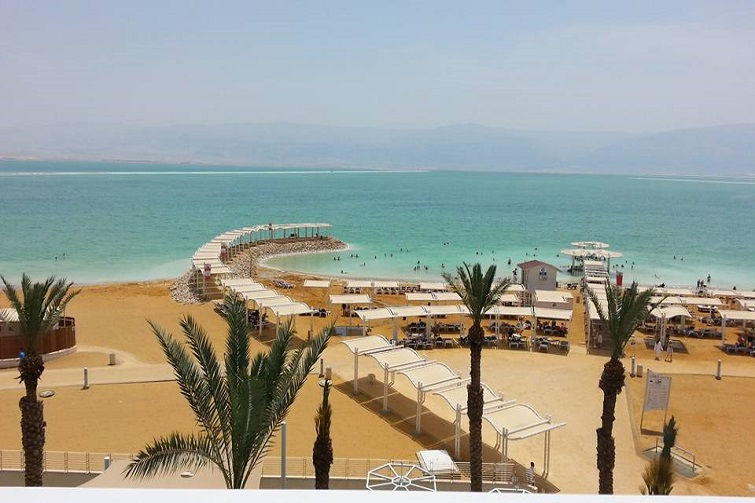
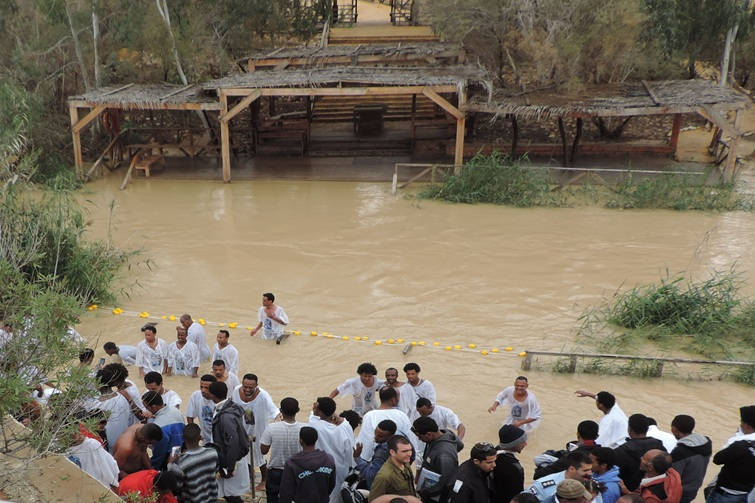
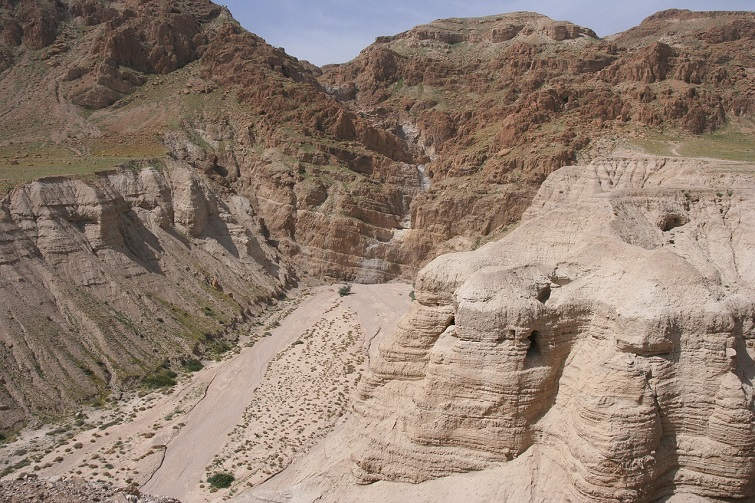
Exploring Beyond Masada
If time allows, these nearby sites offer even more to explore:
- Qasr el-Yahud Baptismal Site: 90 km (56 miles) north of Masada, this historic site on the Jordan River is traditionally considered the place where Jesus was baptized. It offers a peaceful riverside setting, spiritual significance, and views across to Jordan just meters away.
- Qumran National Park: 70 km (43 miles) north of Masada, this archaeological site is famous for the discovery of the Dead Sea Scrolls. Explore the ancient settlement, view the caves where the scrolls were found, and visit a small museum showcasing artifacts from the area.
- AHAVA Factory, Visitor Center, and Shop: This popular stop, 30 km (19 miles) north of Masada, is where visitors can learn about the production of Dead Sea skincare products, join a short tour in the factory, and buy AHAVA’s famous mineral-based cosmetics directly at the source.
- The Good Samaritan Museum: 20 km (12 miles) east of Jerusalem, this open-air museum sits along the ancient road to Jericho. It features beautifully preserved mosaics and archaeological finds from Jewish, Christian, and Samaritan sites, all connected to the famous biblical parable of the Good Samaritan.
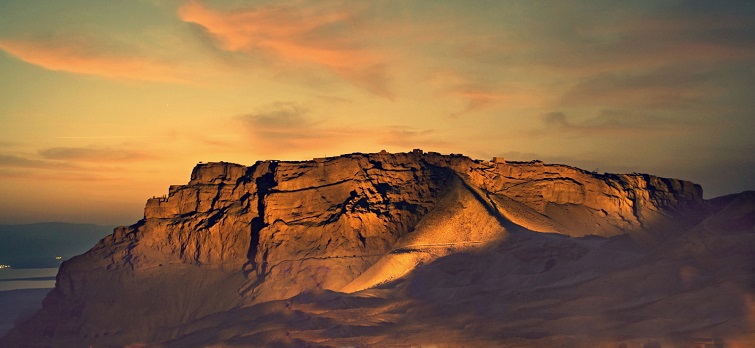
Why Visit Masada?
- Masada offers a rare blend of history and natural splendor – walking through Herod’s palaces, tracing the rebels’ final stand, and gazing across the Dead Sea. For history buffs, it’s a living lesson and for hikers, a scenic challenge. Paired with the Dead Sea or Ein Gedi, it’s a day trip of contrasts. Plan your visit and step into a story carved in stone.
Whether you seek relaxation, history, or a geological thrill, Masada leaves a lasting impression. Contact me with questions or itinerary ideas and let’s plan your perfect day trip in Israel together!
FAQ: Visiting Masada
Related Posts
Explore More Travel Guides with Tips to Make Your Trip Better









